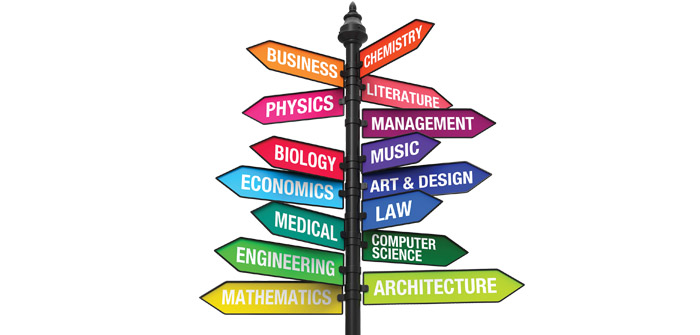It is quite common in today’s competitive markets to discount the selling price to customers. Sales people on commission frequently ask for discounts in an effort to increase overall sales volume and thus increase their commission. But what is the true impact of giving a discount? Does giving a 10 percent discount just mean one has to sell 10 percent more product to make up for what the store gave away? The following example should help clarify what it truly costs to give a discount.
|
Full Price |
At a Discount |
At an Increase |
||||||
|
No Discount |
10 percent |
10 percent |
||||||
|
Selling Price |
$ 100 |
100 % |
|
$ 90 |
100 % |
|
$ 110 |
100 % |
|
COGS |
$ 60 |
60 % |
|
$ 60 |
66.7 % |
|
$ 60 |
54.5 % |
|
Gross Profit |
$ 40 |
40 % |
|
$ 30 |
33.3 % |
|
$ 50 |
45.5 %t |
The regular selling price of an item is $100. It cost the store $60. The gross profit was $40 or 40 percent (see below). Note that at the full price, the gross profit percentage is 40 percent. The store makes $0.40 as gross profit to pay expenses on every $1.00 sold. When the store gives a discount, the COGS do not change; only the gross profit does. With a 10 percent discount in the above example, the gross profit drops to $30, or 33.33 percent. Now only $0.33 of every dollar sold is available for expenses.
In discovering the true costs of discounts, the store manager must ask, “How much more will I need in sales volume to generate the same amount of gross profit dollars as before?” In the full price example, the gross profit was $40.00. Now the store is only making 33.33 percent on every dollar. To find the amount of sales necessary to make the $40 with a gross profit of 33.33 percent, we take the $40 and divide by 33.33 percent.
$40 / .3333 = $120.01
Instead of selling $100 to make $40, the store must now sell $120.01 to make $40.00. (To check, calculate $120.01 x .3333 = $40.00)
To find the percentage of sales increase required to return the same gross profit dollars when compared to the original sales price or volume, use the following calculation:
Dollar amount of change in sales / original sales volume in dollars or ($120.01 – $100.00) / $100.00 = 20.01 percent increase
The store manager must now ask a variety of questions. They include:
o Can the company afford the 10 percent discount? Can it still be profitable at that lower price?
o Will the market allow the store to sell at the full price? Is the discount really necessary?
o Is there enough market demand to generate 20 percent more sales with a 10 percent drop in price?
o What additional operating costs will be incurred in providing 20 percent more sales to the marketplace?
There is another view to this market condition. When faced with competitive markets, ask what happens when one raises the price? If the company raises the price 10 percent, the gross profit margin raises to 45.5 percent.
Now the store is making 45.5 percent on every dollar. To find the amount of sales necessary to make the $40 with a gross profit of 45.5 percent, we take the $40 and divide by 45.5 percent.
$40 / .455 = $87.91
To find the percentage of sales increase required to return the same gross profit dollars when compared to the original sales price or volume, use the following calculation:
Dollar amount of change in sales / original sales volume in dollars or ($100.00 – $87.91) / $100.00 = 12.09 percent decrease
The store manager must now ask a different set questions. They include:
o Can the company afford the 10 percent discount? Can it still be profitable at that lower price?
o Will the market allow the store to sell at the full price? Is the discount really necessary?
o Is there enough market demand to generate 20 percent more sales with a 10 percent drop in price?
o What additional operating costs will be incurred in providing 20 percent more sales to the marketplace?
Remember, the next time your salespeople ask for a discount, ask them how are they going to make up the difference in sales volume required to maintain the same gross profit. Better yet, connect the commission to the point when the customer actually pays for the product rather than when it is sold.
Jim Kress can be reached at 541/383-7712.




